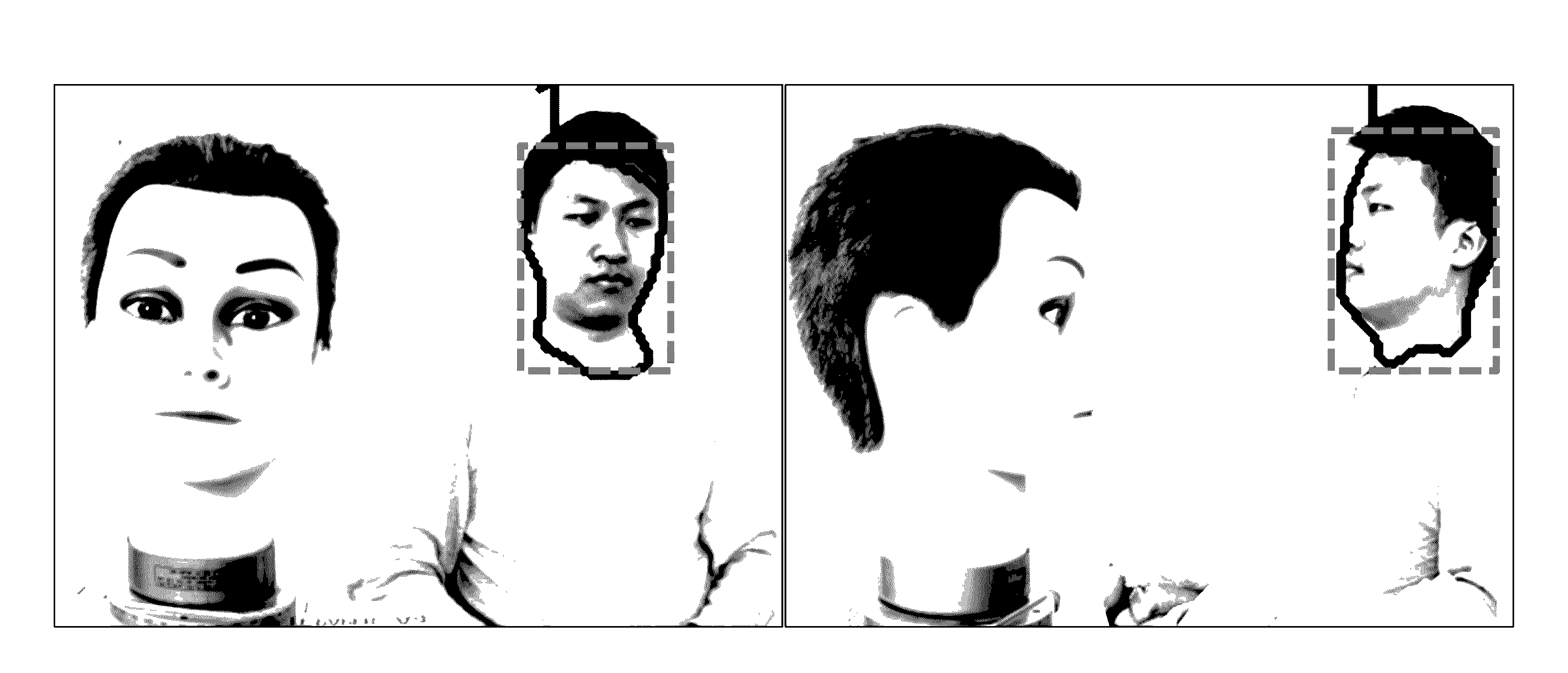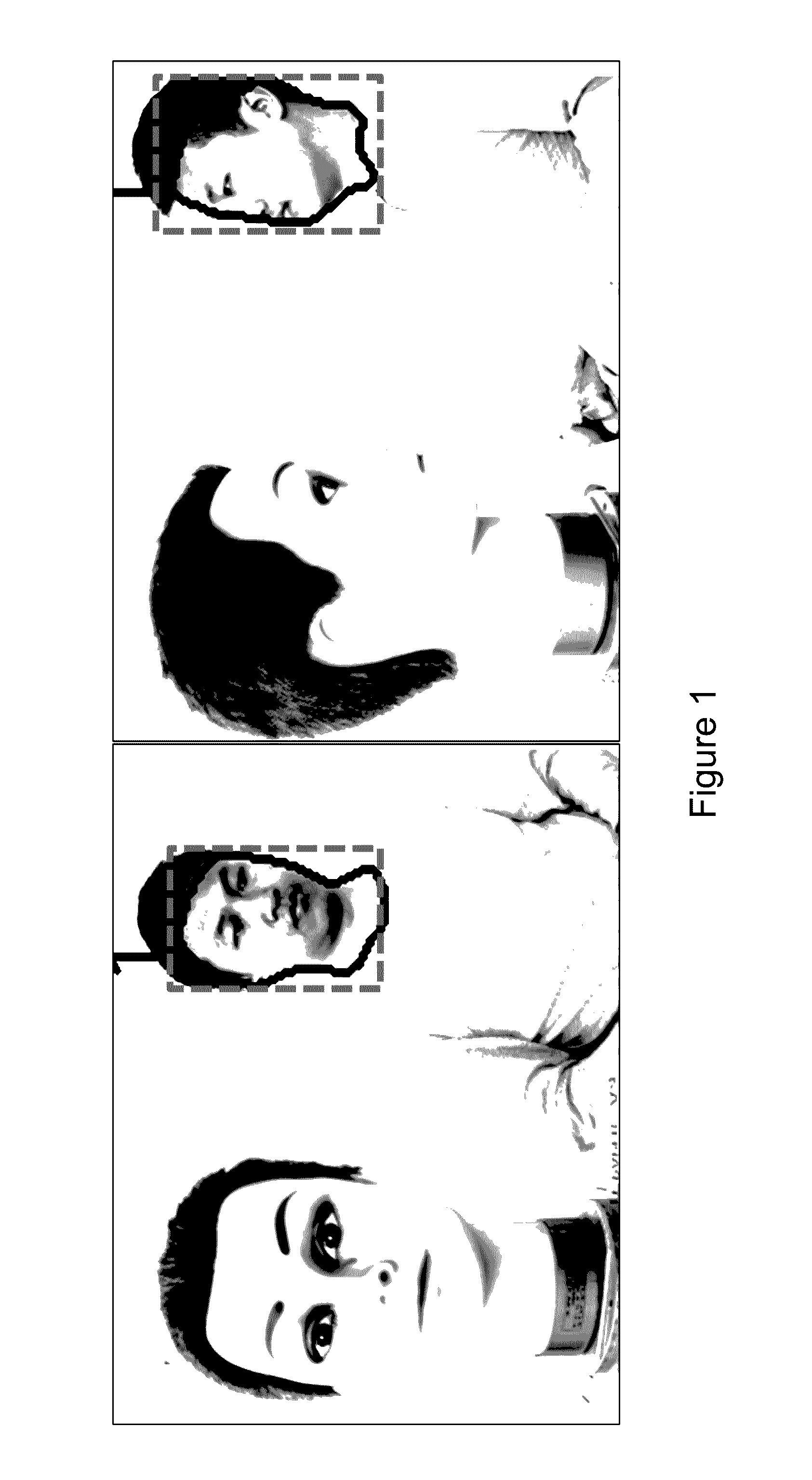Identifying living skin tissue in a video sequence
a technology of living skin and video sequence, applied in the field of apparatus and methods for identifying living skin tissue in a video sequence, can solve the problems of supervised methods being restricted to prior-known samples, unable to parameterize, and unable to identify living skin tissue,
- Summary
- Abstract
- Description
- Claims
- Application Information
AI Technical Summary
Benefits of technology
Problems solved by technology
Method used
Image
Examples
Embodiment Construction
[0052]An apparatus 2 that can be used to identify living skin tissue according to an embodiment of the invention is shown in FIG. 2. The apparatus 2 comprises an imaging unit 4 that captures a video sequence over a period of time. The imaging unit 4 can be or comprise a camera, for example an RGB camera, that can be used for rPPG measurements. The imaging unit 4 provides a video sequence comprising a plurality of image frames to a processing unit 6.
[0053]The processing unit 6 controls the operation of the apparatus 2 and can comprise one or more processors, multi-core processors or processing modules for implementing the living skin tissue identification techniques described herein. In some embodiments, the processing unit 6 can be implemented as a plurality of processing modules, with each module being configured to perform a particular part or step of the living skin tissue identification techniques described herein.
[0054]The apparatus 2 further comprises a memory unit 8 for stori...
PUM
 Login to View More
Login to View More Abstract
Description
Claims
Application Information
 Login to View More
Login to View More - R&D
- Intellectual Property
- Life Sciences
- Materials
- Tech Scout
- Unparalleled Data Quality
- Higher Quality Content
- 60% Fewer Hallucinations
Browse by: Latest US Patents, China's latest patents, Technical Efficacy Thesaurus, Application Domain, Technology Topic, Popular Technical Reports.
© 2025 PatSnap. All rights reserved.Legal|Privacy policy|Modern Slavery Act Transparency Statement|Sitemap|About US| Contact US: help@patsnap.com



